Throughout history, we have believed that planet Earth is a perfect spherical object, a notion that has deeply rooted itself in our common understanding of the world.
The Spherical Earth Model
The concept of Earth originated from various ancient civilizations as they observed celestial bodies and noticed the curvature of the horizon. Pioneers like Pythagoras (the ancient Greek philosopher) and later Aristotle (the Greek philosopher and polymath) contributed to the development of the spherical Earth theory, which eventually gained widespread acceptance within the scientific community. Over time, this model has become integral to our understanding of geography, navigation, and the natural world.
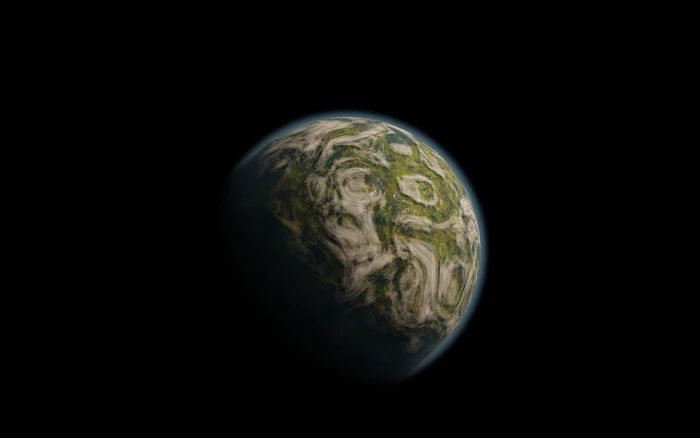
The spherical Earth model has become a fundamental pillar of science.
The spherical Earth model provides a coherent explanation for phenomena such as gravity, the cycle of day and night, and the observable curvature from high altitudes. It also aligns with the mathematical equations of celestial mechanics, offering a solid foundation for understanding the universe.
The spherical Earth model has become a fundamental pillar of modern science and education, shaping our worldview and countless aspects of human civilization.
Despite its long-standing acceptance, the spherical Earth theory is not without skeptics. An increasing number of individuals are questioning this issue and proposing alternative hypotheses that challenge the conventional understanding of Earth as a perfect spherical object. Now, we will explore some of these alternative theories and the evidence presented by their proponents.
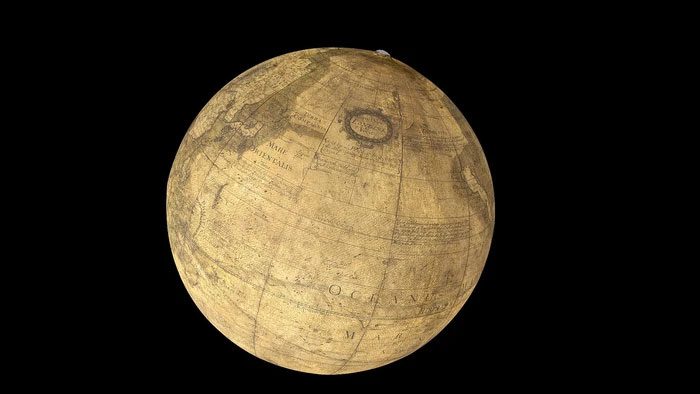
The spherical Earth theory is not without skeptics.
Alternative Earth Shapes: The Flat Earth Theory
One of the most prominent alternative theories to the spherical Earth is the Flat Earth Hypothesis. According to this view, Earth is not a sphere but a flat plane, with the North Pole at the center and the South Pole forming a circle around the edge. Proponents of the flat Earth theory argue that the observable curvature of the horizon could be due to optical illusions or atmospheric refraction.
Flat Earth advocates point to various observations and experiments to justify their claims. They question the legitimacy of satellite images, arguing that the current photos of Earth are fabricated or distorted. They also assert that gravity is an illusion, and other forces, such as electromagnetic fields, are responsible for keeping objects on the surface of the Earth.
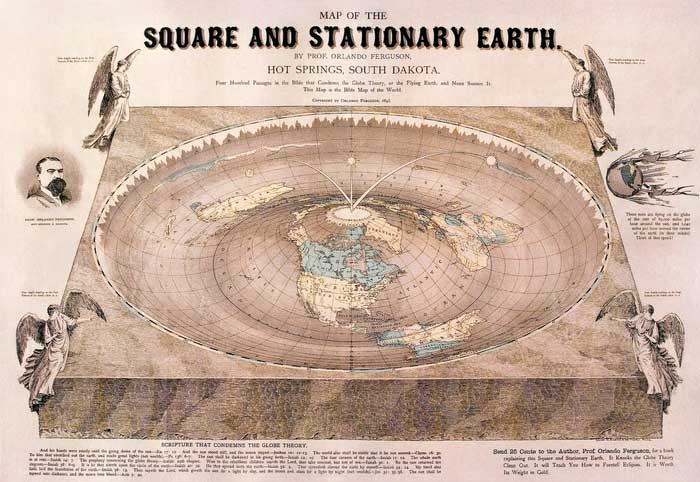
According to this view, Earth is not a sphere but a flat plane.
However, the flat Earth theory faces significant challenges from scientific evidence. Countless experiments, including circumnavigation and the observation of celestial bodies, consistently demonstrate the curvature of the Earth. Moreover, satellite images, global positioning systems (GPS), and space exploration missions provide irrefutable evidence of the spherical Earth. In contrast, the flat Earth theory lacks substantial empirical support and contradicts established scientific principles.
The True Shape of Earth
While the spherical Earth model predominates, it is essential to acknowledge that the true shape of Earth is not a perfect sphere. The rotation of the Earth causes it to bulge slightly at the equator and flatten at the poles, resulting in an oblate spheroid shape.
This flattening is due to the centrifugal force generated by the planet’s rotation. It represents a measurable deviation from a perfect sphere, with Earth’s equatorial diameter being larger than its polar diameter.

The true shape of Earth is not a perfect sphere.
In addition to being an oblate spheroid, the shape of Earth can be calculated by considering the Geoid. The Geoid is a representation of Earth’s gravity field, accounting for the uneven distribution of mass across the planet. It describes the shape that the ocean surface would take if undisturbed by tides, currents, and winds while only influenced by gravity.
Recognizing the oblate spheroid shape of Earth and the Geoid highlights the complexity of our planet’s shape. It reminds us that Earth’s shape is not a simple binary between a perfect sphere and a completely flat plane. Instead, it exists on a continuous spectrum, influenced by gravitational forces and dynamic processes that shape its structure.
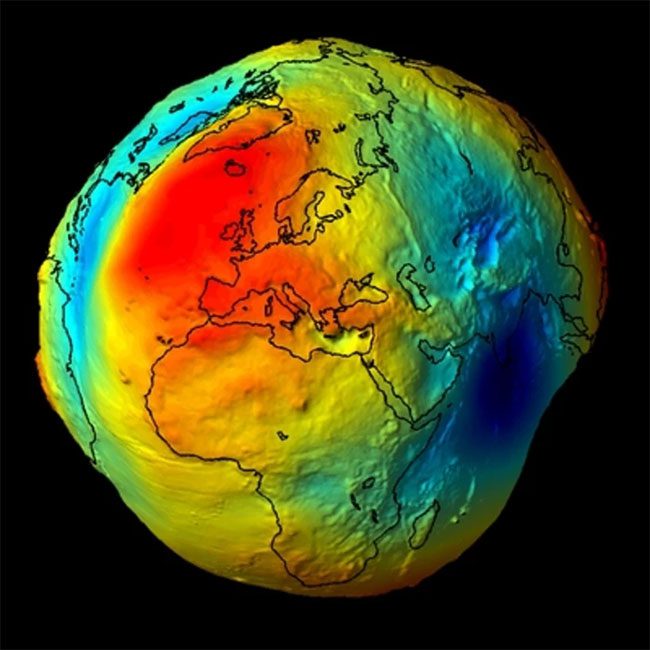
The shape of Earth can be calculated by considering the Geoid.
Significance of Earth’s Shape
The shape of Earth, whether spherical or oblate spheroid, holds significant importance for various fields of study and everyday life. It affects mapping, navigation, and the accurate determination of distances and directions. Furthermore, understanding Earth’s shape is crucial for satellite navigation systems, telecommunications, and space exploration missions.
Moreover, Earth’s shape informs us about geology, climate patterns, and the distribution of land and oceans. It plays a role in the formation of ecosystems, weather systems, and the overall physical dynamics of the planet. The study of Earth’s shape is not merely an intellectual exercise; it directly impacts our ability to understand and interact with the world around us.
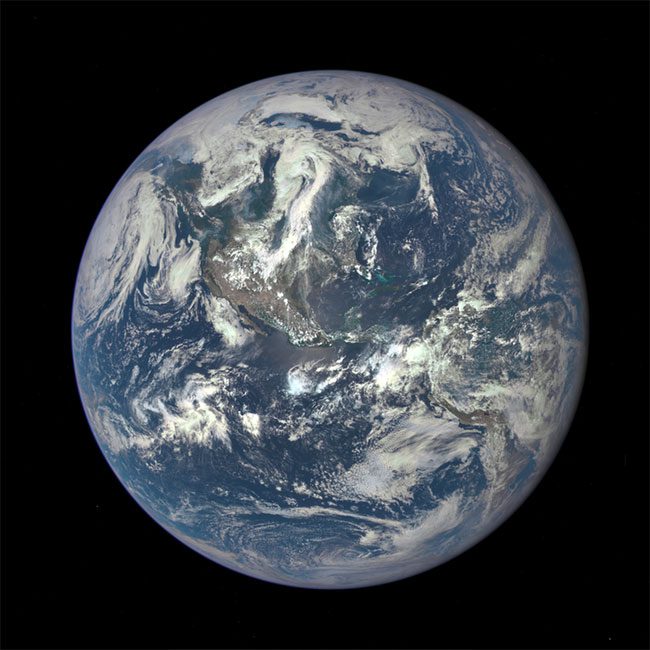
The shape of Earth affects mapping, navigation, and accurate distance determination.
In conclusion, while alternative theories challenging the spherical Earth model exist, overwhelming scientific evidence supports the traditional understanding of Earth’s shape as spherical. The spherical Earth model has become an indispensable part of our understanding of the universe, navigation, and the development of modern science.
However, acknowledging the oblate spheroid shape of Earth and the Geoid serves as a reminder of the inherent complexity in the structure of our planet. Grasping knowledge and scientific evidence is crucial as we continue to explore and illuminate the mysteries of our dynamic and inspiring planet.





















































